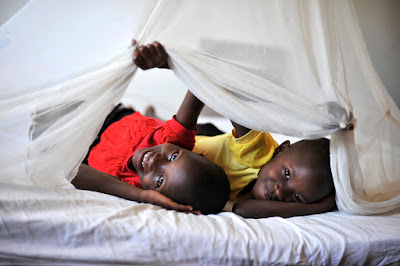This was originally published on Global Health TV on April 25, 2017.
When I was a
young development worker, I engaged in high risk behavior one night in a
village in Mali: I slept without a mosquito net. A week or so later I
contracted malaria.
Of all the
diseases I have written about here, malaria is the only one with which I have
personal and intimate experience. And it was not pleasant. It was so
debilitating, so sapping of my energy, I remember not caring whether I lived or
died.
Fortunately, I was
an otherwise healthy young male and bounced back briskly after a week or so of
misery. In fact, I have lived long enough to see the beginning of the end (or
at least the decline) of this global killer: In December, the World Health
Organization (WHO) released the World Malaria Report 2016 in which it estimated that 1.3 billion
fewer malaria cases and 6.8 million fewer malaria deaths occurred between 2001
and 2015 than would have occurred had incidence and mortality remained the
same. About 97% of those deaths averted were for children under five years (who
are most vulnerable to the disease, along with pregnant women).





